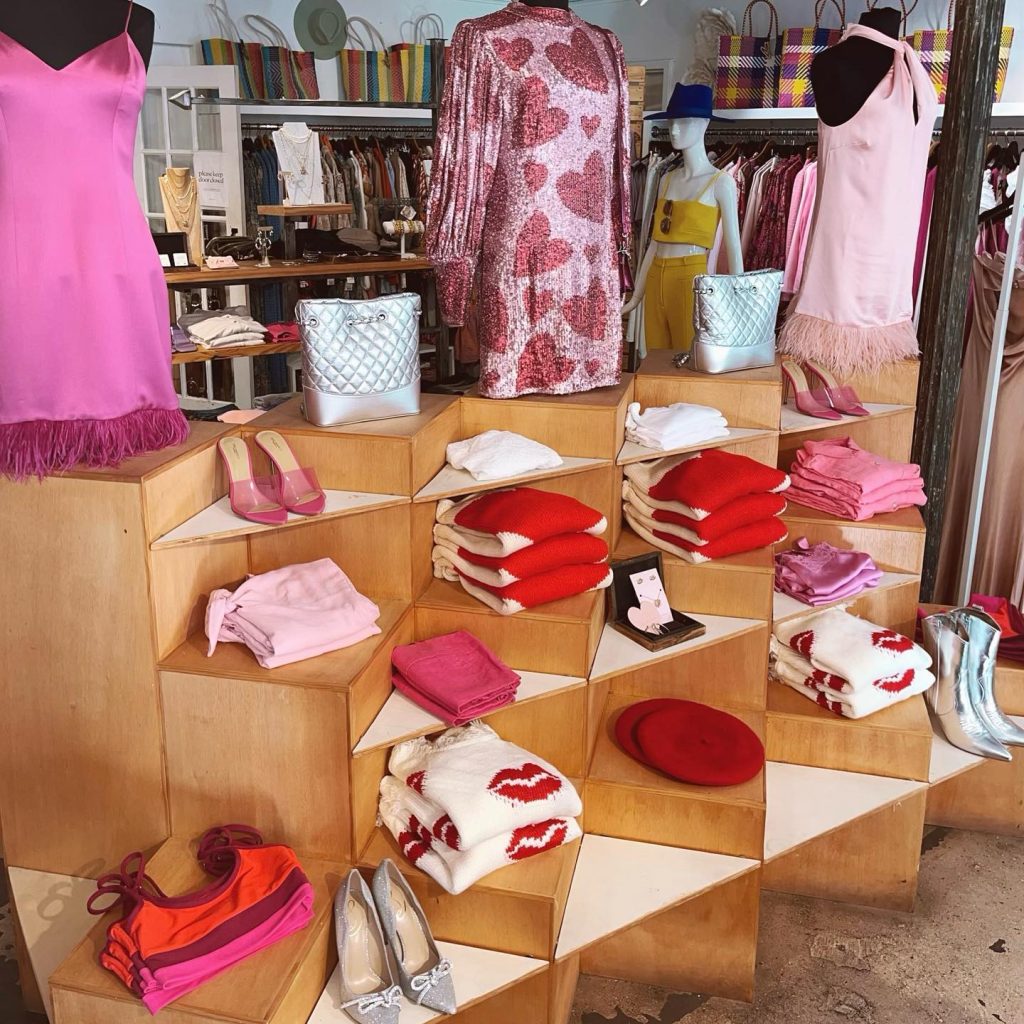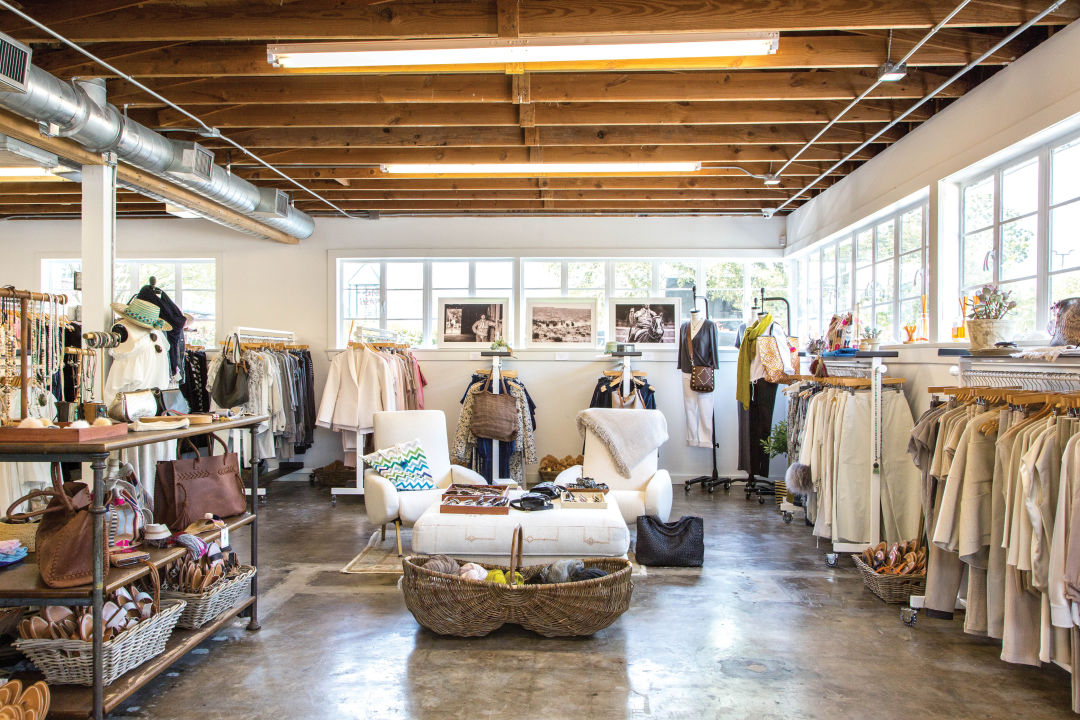The Surge of Online Shopping: Finding Boutique Fashion at Your Fingertips
The Surge of Online Shopping: Finding Boutique Fashion at Your Fingertips
Blog Article
A Deep Dive Into the World of High-Fashion Runways: Recognizing Apparel as Art
Developers, much like skillful musicians, weave elaborate stories with kind, color, and textile, redefining and challenging typical standards beauty criteria. As we explore these sartorial spectacles, we must consider: what function does fashion play in forming social worths, and just how does it reflect the ever-changing tapestry of human feeling and identification?
The Evolution of Runway Shows
The trajectory of runway shows has changed dramatically over the years, progressing from exclusive industry events to exciting eyeglasses that blend style with art. Generally, runway programs were intimate events, held in ateliers or little venues, primarily gone to by buyers and industry insiders. These very early presentations concentrated on the garments' workmanship and commercial stability, supplying a functional and direct display screen of seasonal collections.
As the apparel industry expanded, the nature of path shows began to alter. The 1970s and 1980s noted a transforming point, with designers seeking to distinguish themselves with more staged presentations. This era saw the surge of elaborate sets, choreographed versions, and thematic narratives, heralding a brand-new age where the path came to be an experiential system. The shows changed right into a kind of storytelling, where each collection communicated a distinctive story or principle.
In recent years, technology and social networks have further changed runway shows, making them available to an international target market. Livestreaming and electronic systems have equalized style, enabling enthusiasts worldwide to witness these events in real-time (boutique fashion). This evolution shows a wider social shift, where high-fashion runways offer as a vibrant intersection of innovation, style, and efficiency
Designers as Dreamer Artists
Exactly how have designers transcended their functions to come to be visionary artists? Developers in the high-fashion sector have obscured the lines in between useful garment creation and the theoretical realm of art. This makeover is apparent in the method they approach their collections, not merely as clothes however as extensive expressions of identification, society, and feeling. By welcoming artistic disciplines such as sculpture, painting, and progressive setups, designers craft garments that challenge conventional fashion standards and elevate them to art types.
Visionary designers attract motivation from a myriad of sources, consisting of abstract art, historic references, and individual stories. They possess a special ability to imagine and materialize concepts that press the limits of conventional style, frequently redefining aesthetic standards in the process. This innovative ingenuity is showcased with dramatic shapes, ingenious products, and intricate craftsmanship, which invite viewers to experience style as even more than just wearable items.
Additionally, the runway functions as a canvas for these artists, where illumination, music, and established layout coalesce to develop immersive experiences. These discussions are not simply display screens of clothes yet are coordinated performances that evoke feeling and provoke idea, verifying the designer's duty as a real artist in the modern social landscape.
Cultural Influences in Fashion
Cultural tapestry weaves its detailed patterns into the textile of style, influencing designers worldwide. The vibrant interchange of cultural tales, practices, and signs notifies and motivates collections that elegance high-fashion paths.
The impact of society on style is usually seen in the reinterpretation of conventional garments and patterns. The usage of Japanese robes, Indian saris, or African prints in modern fashion mirrors a blend of social credibility and contemporary appearances. Developers such as Valentino's Pierpaolo Piccioli and Alexander McQueen's Sarah Burton have been recognized to integrate abundant cultural themes into their couture collections, converting background right into wearable art.

Technology in Fabric and Style
Innovation in material and style constantly improves the landscape of high-fashion, pushing borders and redefining opportunities. Developers are significantly exploring the combination of technology, such as 3D printing, which permits for the development of intricate frameworks that were previously unbelievable.
In addition, sustainability has come to be a critical theme in textile innovation. The fashion business is seeing a surge in using environment-friendly materials, originated from recycled plastics, organic fibers, and also naturally degradable elements. These advancements not only provide brand-new appearances and aesthetic appeals however additionally address essential environmental problems. Developers are welcoming these materials to craft garments that are both aesthetically striking and conscious of their environmental footprint.
In regards to design, progressive silhouettes and speculative forms find out this here are continually changing the path. By integrating unconventional products and sophisticated methods, designers grow garments that blur the line in between style and art, setting new standards for creativity and expression in the high-fashion ball.
Impact of Style on Society
Fashion wields a profound impact on society, acting as both a reflection of cultural identity and a catalyst for social modification. With its advancement, style has mirrored societal changes, enveloping the zeitgeist of various periods. For example, the flapper outfits of the 1920s personified a newly found sense of ladies's liberation, while the bold prints of the 1960s echoed the revolutionary spirit of the moment. basics High-fashion runways, particularly, serve as platforms for tough standards and redefining elegance criteria. Developers utilize these venues to address pressing social concerns, from sustainability to diversity, thus shaping public discourse.
Moreover, style has the power to bridge cultural gaps, cultivating understanding and recognition among varied teams. As globalisation speeds up, the cross-cultural exchange of fashion concepts becomes significantly substantial, promoting inclusivity and variety. The rise of streetwear, stemming from city subcultures, illustrates just how fashion can transcend socio-economic borders, approving individuals a way of self-expression and empowerment.
Fundamentally, fashion is not merely regarding aesthetic appeals; it is a vibrant force that affects values, mindsets, and social progress (boutique fashion). By continually engaging with social and social currents, fashion continues to be an indispensable part of the collective human experience

Conclusion
High-fashion paths act as vibrant sectors where garments goes beyond capability to come to be a meaningful art form. Designers, akin to visionary artists, manage collections that reflect identification, emotion, and social stories, challenging typical visual appeals. The fusion of ingenious material and style, combined with sophisticated collection designs, illumination, and music, produces immersive experiences that celebrate multiculturalism. This crossway of fashion and artistry not only mesmerizes target markets around the world however also influences societal perceptions and promotes a much deeper appreciation for multiculturalism.

Cultural tapestry weaves its intricate patterns into the fabric of style, influencing developers globally.Fashion wields an extensive influence on society, offering as both a representation of cultural identification and a driver for social adjustment.
Report this page